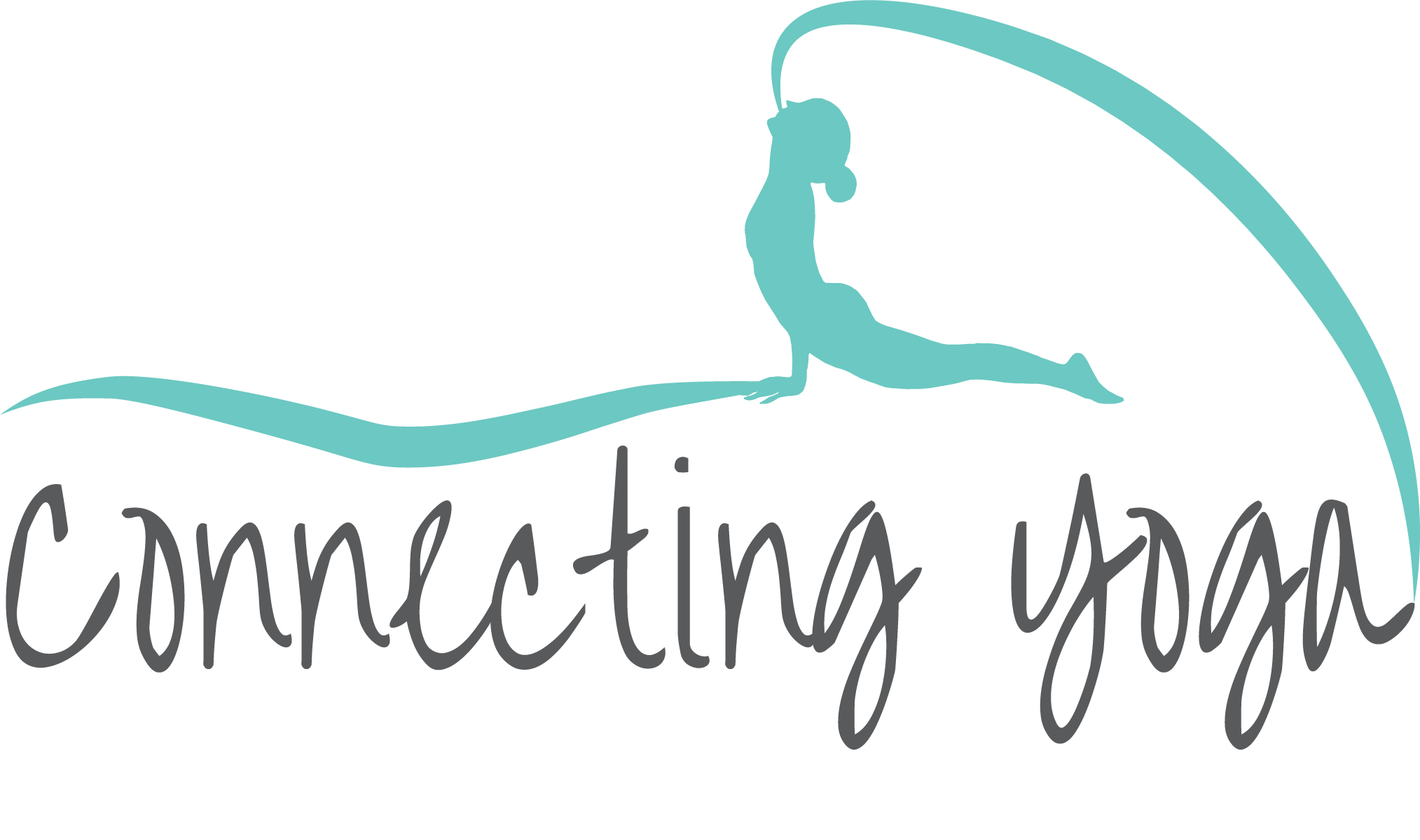Pelvic floor relaxation through Yoga
We hear a lot about how to strengthen the pelvic floor muscles by doing Kegels, but how often do we hear about how to release, lengthen and relax the Pelvic floor muscles, which is just as important.
Many people experience having overactive pelvic floor muscles which can cause symptoms like:
Pelvic pain
Painful sex
Urge incontinence
Constipation
and at times Stress Incontinence and/or Pelvic Organ Prolapse.
Overactive muscles can develop for several reasons. How we stand, sit, move, breathe and our emotional well-being all influence the health of the Pelvic Floor. By looking at our habitual patterns, we can begin to restore balance.
I hear so much about strengthening the Pelvic Floor through exercises like Kegels, however, if the muscles are already gripped, doing strengthening exercises is not going to help! For the Pelvic Floor muscles to be in a healthy balanced state it’s important to be able to fully relax, elongate, and release in order to engage them.
Think about this: If you were to see your dentist because you were suffering from tension and tightness in the jaw, your dentist would say you would need to relax and stretch the muscles around the jaw and not continue to squeeze simply because it would make the tension and tightness worse! The same goes for the Pelvic Floor.
It is important that if we’re having symptoms that signify tightness, we look at how to release and relax the Pelvic Floor muscles first before doing any strengthening work, so the symptoms do not increase and become worse.
A healthy strong pelvic floor has a full range of motion, and to find this balance, yoga and movement are great places to start.




